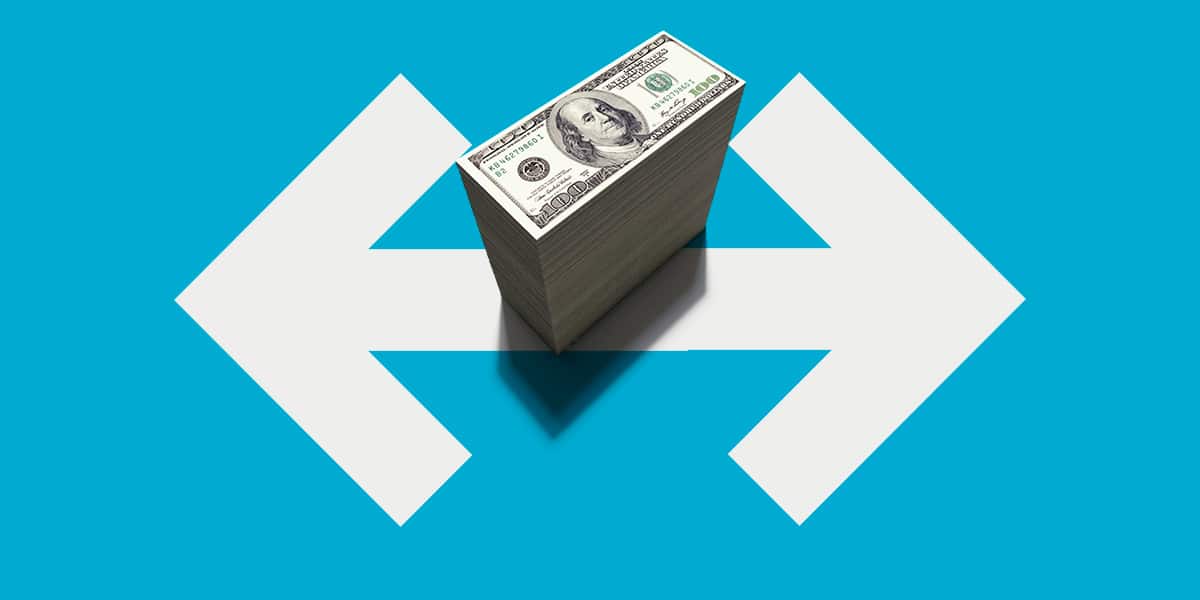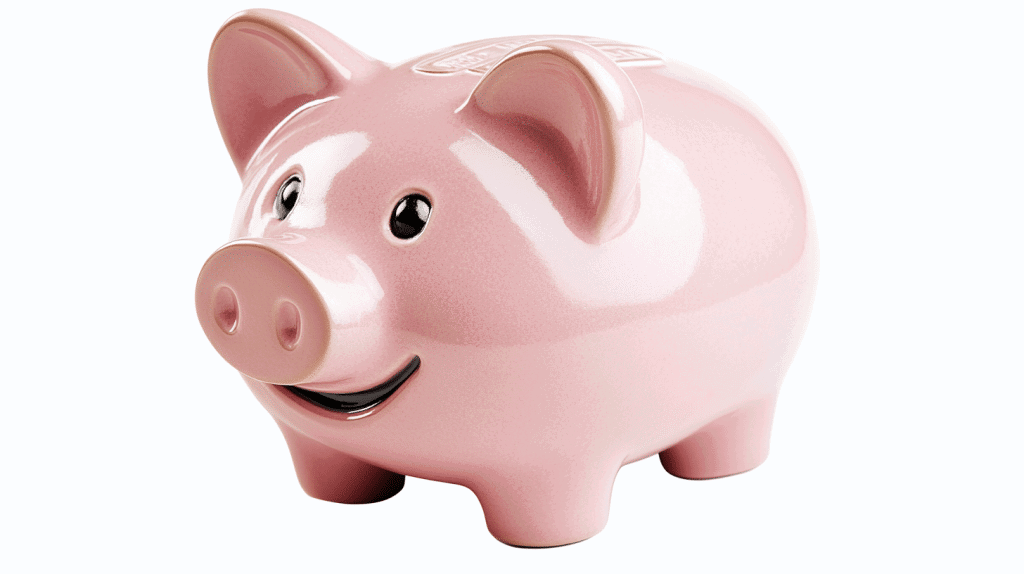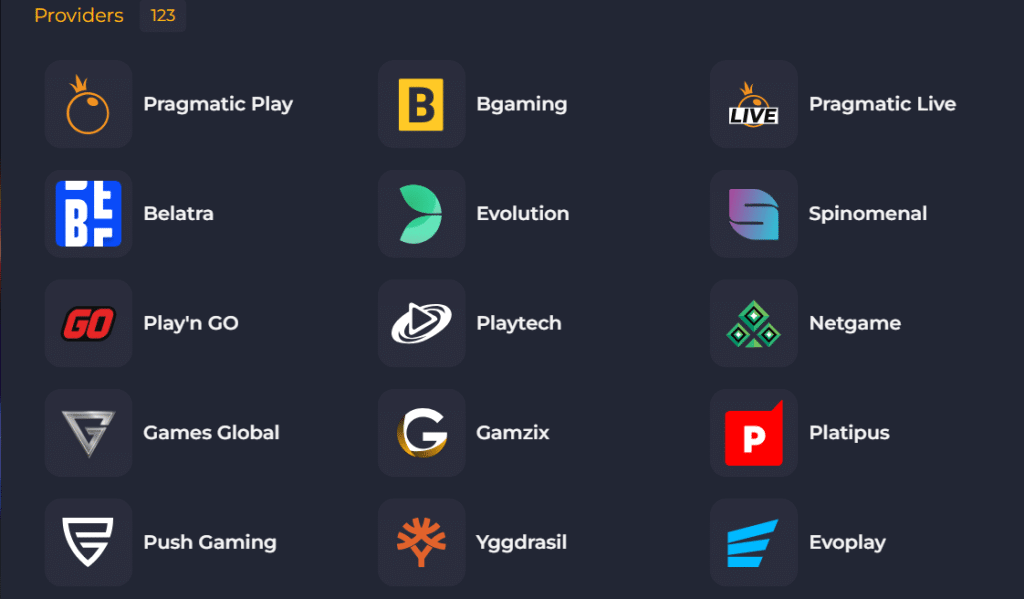Choosing a bank account may seem simple enough at first—just pick one, right? However, If you look closer, you will find that not all accounts are equal. Your chosen account should perfectly fit your financial habits and lifestyle. Here is your guide to help you make that choice a bit simpler.
Step 1: Step Back and Identify Your Needs
So, before getting into all the different accounts, let’s first step back and ask some of the big questions. What do you need out of your bank account? Do you want a place to handle all of your day-to-day spending or more of a savings tool? Maybe you need a bit of both. Knowing your specific needs helps you narrow down your options.
Do you want an account that offers easy access to your money? Or are you searching for a way to “lock” your money to motivate you to save? Answering these questions upfront can guide you toward the right account type and help you sidestep unnecessary fees or limitations.
Step 2: Explore Different Account Types

Now that you have a sense of what you are looking for, let’s discuss the major types of accounts: checking, savings, money market accounts, and CDs. Here is a very brief overview of each to assist in your decision:
- Checking accounts are ideal for spending money, paying bills, and handling regular transactions. Most have great incentives and rewards, including checking account bonuses, cash back for purchases, and no-fee ATMs.
- Savings accounts are not meant for everyday expenses but rather for putting money aside. By offering interest on your sum, they help your funds grow a little quicker than if they were under your mattress.
- Money market accounts combine the features of savings and checking accounts. Although they only permit a limited number of checks to be written, they typically provide higher interest rates than traditional savings accounts. However, their minimum balance requirements are greater.
- Certificates of Deposit (CDs): These require you to lock your money in for a period of time, but usually at higher interest rates. If you’re okay with not touching your funds for a while, a CD is the right account.
Spend some time weighing each account’s advantages and disadvantages. You can find the ideal fit more easily if you know how you want to utilize it.
Step 3: Be aware of fees and minimum balances
Now let’s talk about fees. Most of us dread them. They creep up on us in so many ways. Most bank accounts have some sort of fee that is eating away at your money—monthly maintenance fees, overdraft fees, ATM fees, you name it. The good news? Some banks will waive these fees if you meet certain requirements, like setting up direct deposit or keeping a minimum balance.
It pays to read the fine print. Fees and balance requirements vary widely, so compare some if you want a low-fee or no-fee account. Make a wise decision: pick an account that won’t charge you fees just for having it.
Step 4: Interest Rates and Rewards Matter

Interest rates might not catch your attention at first, but they can make a noticeable impact, especially when it comes to growing your savings. The higher the rate is, the faster your money will grow, and it will bring you closer to reaching your financial goals much faster.
Look for accounts that come with rewards aligned with your needs. Whether it’s miles, cashback on most purchases, or other benefits, these add great value to your account if you use it regularly and frequently. So, as you compare options, think about which rewards will actually benefit you the most, whether it is making the balance grow, cutting back on daily expenses by saving on purchases, or simply adding convenience to everyday banking.
Step 5: Think About Access and Convenience
In today’s world, banking needs to keep up with your lifestyle. Do you want to do most of your banking from your phone, or are you the type who likes the comfort of walking into a branch? Some accounts come with extensive digital features such as mobile check deposits, online transfers, and fee-free ATMs in an entire network.
It’s also worth considering where you would be using your account, so if you travel much, you may need some access to a network of ATMs across the country. If you’re used to depositing cash as often, then having one nearby is a very important aspect, so make sure your chosen account is convenient with your everyday life.
Step 7: Don’t Forget Customer Service and Bank Reputation
Finally, let’s talk about customer service. While it is not the first thing that comes to mind when opening a bank account, it makes all the difference if something goes wrong. You certainly want a bank that is easy to reach and willing to help at the right moment, whether answering questions about your account or helping resolve issues quickly.
Scroll through the reviews and ratings. if you are considering an online-only bank. Positive customer feedback about responsiveness and excellent customer service can be a very good sign that a bank truly cares about its customers. You should choose a bank that has your back.
Conclusion
Choosing the right bank account is all about finding the right match for your lifestyle and goals. By taking a bit of time to assess your needs, compare account types, and evaluate fees, you’re setting yourself up for smoother, smarter banking. Happy Banking!




















